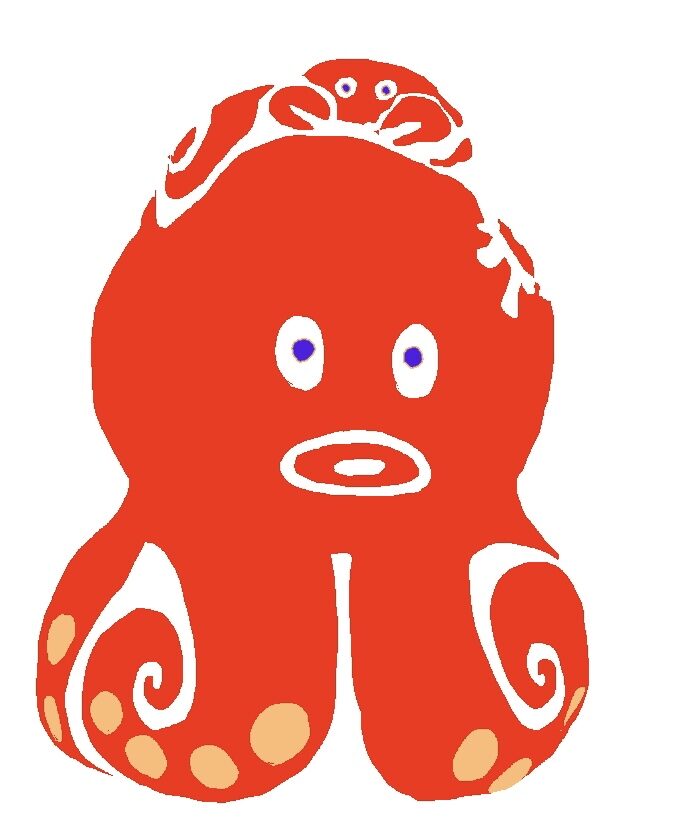“Discover the Delight of Japanese Eel Cuisine: Savory Pleasures and Traditional Enjoyment
Eel, a freshwater and brackish water fish, has long been a cherished delicacy in Japan. Not only is eel a high-protein, low-calorie option, but it’s also packed with essential nutrients like vitamins and minerals. Particularly rich in Vitamin B1, it’s a recommended choice for those battling summer fatigue, aiding in effective fatigue recovery. The allure of eel lies in its tender, juicy texture and its tantalizing sauce. Eel’s meat is tender, succulent, and complemented by a savory-sweet, aromatic sauce made from soy sauce, mirin, and sugar. Marinated in this sauce, it’s grilled over charcoal, enhancing its aroma and flavor, tempting the palate.
Japanese cuisine celebrates three iconic ways of savoring delicious eel:
- Unadon (Grilled Eel Rice Bowl): A bowl of rice topped with grilled eel, commonly featuring a single fillet. Its quality varies based on the size and number of eel fillets—ranging from regular to premium grades. Unadon is often served with sides like clear soup and pickles, allowing a balance of flavors between the eel and rice.
- Hitsumabushi (Chopped Eel Over Rice): A specialty of Nagoya, this dish presents finely chopped eel mixed with rice, served in a large bowl. The unique experience involves dividing the bowl into quarters: savoring one quarter as is, adding condiments (such as sansho pepper, green onions, and seaweed) to the second quarter, pouring dashi (broth) over the third quarter for a tea-infused flavor, and savoring the last quarter in one’s preferred manner. Hitsumabushi offers a journey through varied tastes and textures of eel.
- Kabayaki (Grilled Eel): Eel marinated in sauce and grilled, suitable for direct consumption or inclusion in bento boxes. Enjoy the aromatic essence of grilled eel combined with the sweetness of its sauce.
Eel prices vary based on whether it’s wild-caught or farmed. Wild eels, acquired from natural habitats, are rare and considered premium, commanding higher prices. Farmed eels are raised from caught elver (young eels), ensuring a stable supply. However, factors like the decline in elver populations and rising farming costs have led to increased prices for farmed eels as well. Different regions in Japan, such as Aichi, Shizuoka, Ibaraki, and Kagoshima, are renowned for their eel production. Besides domestic sources, eels are also imported from countries like China, Taiwan, and Australia. Japanese-sourced eels may be pricier abroad but boast superior quality and safety standards.
Eel specialty restaurants offer an array of dishes beyond the classics, including skewered eel and umaki (eel and egg rolls). On average, prices at these establishments are as follows:
- Unadon: Around ¥2,000 for regular, ¥3,000 for premium, ¥4,000 for deluxe
- Hitsumabushi: Approximately ¥3,000 for regular, ¥4,000 for premium, ¥5,000 for deluxe
- Kabayaki: Around ¥2,000 for one fillet, ¥3,000 for two, ¥4,000 for three
- Eel Skewers: Between ¥500 to ¥800 per skewer
- Umaki: Around ¥1,000 per roll
Eel stands as a quintessential part of Japan’s culinary heritage, offering both delectable flavors and abundant nutrients. At eel specialty restaurants, one can relish the full charm of this remarkable dish. We invite you to indulge in the pleasures of eel cuisine at one of these esteemed establishments. Dive into the world of eel dishes and experience its exceptional tastes firsthand!”


